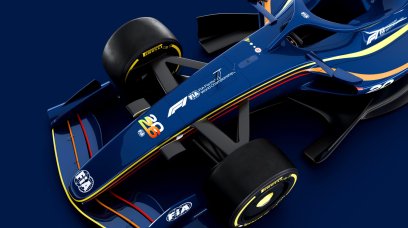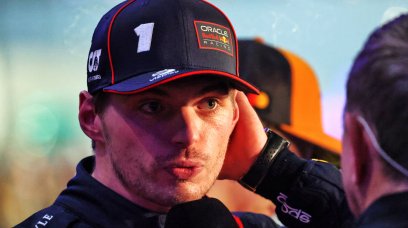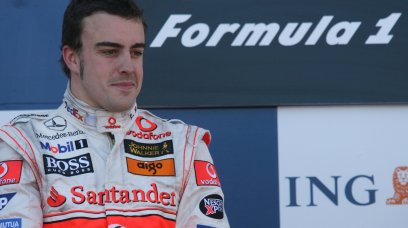Formula 1's controversial DRS will no longer be used for overtaking under new rules revealed by the FIA.
The drag reduction system was introduced in 2011, and whilst it has become the norm in the sport, it has always been a divisive tool regarding overtaking.
For 2026, DRS will be replaced by a new acronym when it comes to overtaking - MOM - or Manual Override Mode.
DRS will remain on the car, however, its purpose will be very different, and instead drivers will have at their disposal an extra boost of energy to power their way past their rivals.
In tandem, the FIA has also introduced active aero, which is likely to get the technical departments of each team salivating when it comes to best exploiting the new rules.
Explaining initially why active aero has been introduced, and how the new function of DRS will work, FIA single-seater technical director Jan Monchaux, said: "It's mainly because we need to have a car concept that suits the power unit.
"If you are limited in terms of energy in a straight line, typically you don't want to have drag that is just slowing you down, or extra weight that is also slowing you down.
"So the decision was made to go for what we have called a ‘nimble’ car, a slightly smaller car with less downforce, but with a big focus on less drag. The DRS on the rear wing will not be used to facilitate overtaking anymore.
"It will be used, by default, on every straight by every car to just drop your drag level on the straight line because this comes with some strong benefits for energy consumption, but also having higher top speed allows you to recover more when you're braking at the end of the straight.
"Since the effect of the rear wing opening on straight line is very large, the front wing flap will also be activated simultaneously to rebalance the car on the straights."
Viewed by others:
Extra power will prove key
As to the introduction of MOM, "in a similar way to DRS", according to Monchaux, who added: "If you are within a given distance, before the end of a lap to the car in front of you, then for the following lap, you will be given the possibility to use more electrical energy than your opponent.
"And that boost of electrical energy is there to replace what used to be the rear wing opening, to give a car that extra push to potentially go and try to overtake."
The new power units for 2026 include a considerably larger MGU-K, which recovers braking energy, and the removal of the MGU-H. The electrical power from the MGU-K will almost triple from 120 kilowatts to 350, providing the power for an overtake.
Monchaux said: "Overtaking remains a very important parameter for F1. It’s going to be tackled in two ways. The first one is to continue to have an aero concept for the car that reduces the losses generated by the car in front and which are negatively impacting the following car.
"To be able to overtake you need to be close to the car ahead of you, and if you can't follow in a corner because it is generating so much dirty air that your car gets unstable and you need to drop away, then the moment you are on the straight line, you need to recover all that loss.
"So it's very important for us that you can reasonably follow another car in a cornering situation, and to do that we need to make sure from the aero concept that the amount of dirty air being generated is not impacting too much the following car. That's number one.
"So, you enter the straight and the car is fairly close to the other, to help the overtaking since both cars will have rear wing open and front-wing flap open, we are going to allow the car behind to deploy more electrical energy for a given portion of time during that lap.
"Right now, with the DRS, you are behind a car, within a second, that ticks a box and you are allowed to open your DRS in a straight line. This will not be the case anymore.
"However, the logic will be the same: I'm close enough to another car, I am given an extra amount of energy for that one lap, which I can deploy any way I want. The extra amount of energy is defined and that will give that boost of energy to eventually give the following car a chance to overtake by the end of the straight."
Also interesting:
In the latest episode of the RacingNews365.com podcast, join Ian Parkes, Sam Coop and Nick Golding as they look ahead to the Canadian Grand Prix, Red Bull's struggles potentially continuing and the news that Esteban Ocon will leave Alpine at the end of 2024.
Don't miss out on any of the Formula 1 action thanks to this handy 2026 F1 calendar that can be easily loaded into your smartphone or PC.
Download the calenderMost read














Join the conversation!